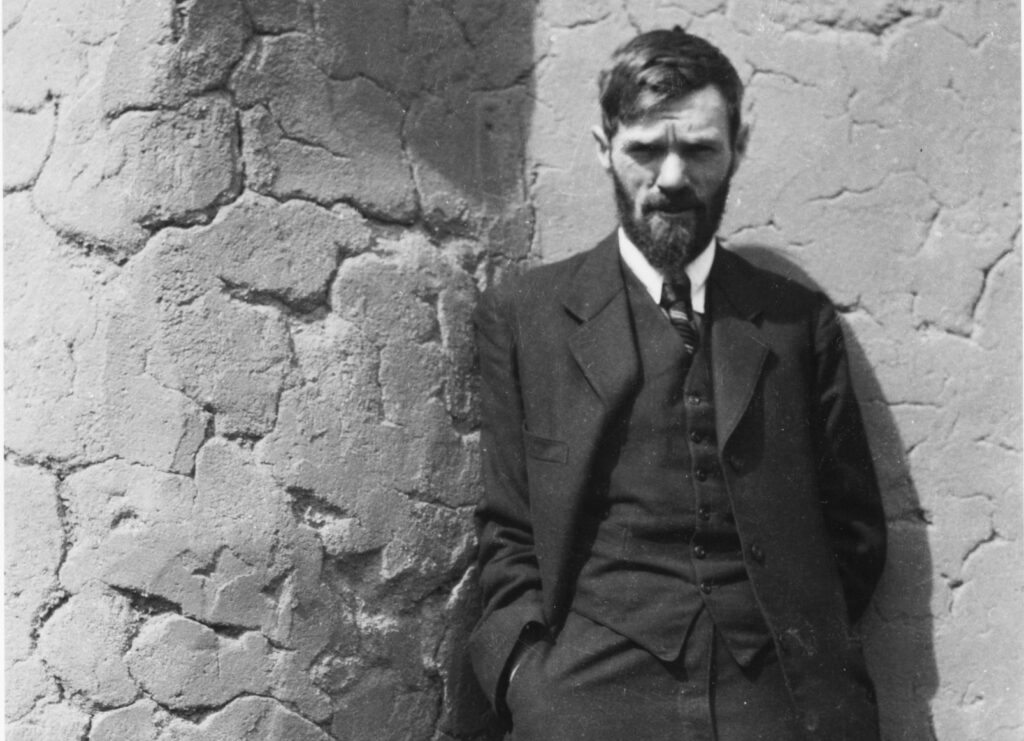About Author
D. H. Lawrence (David Herbert Lawrence) was born on 11 September 1885 and died in 02 March 1930. He was an English poet and story writer. Most of his writings were focused on industrialization and global modernity. He wrote plays, short stories, novels, critical analysis and reviews, travelling books, essays, poems and some valuable letters.
Whistling of Birds : Summary
The essay, “Whistling of Birds” gives a vivid description of change from winter to spring in England: Firstly, the writer depicts dry and dismal winter with no signs of life. Then he describes the coming of spring with its liveliness.
During winter, there was frost all around. Plants were withering and birds were dying rapidly. The ground was littered with the feathers and dead bodies of birds. Their flesh was being eaten by invisible beasts of prey. Silence prevailed and all activities came to a standstill.
Suddenly, one morning the change came with warm wind blowing from the sea. They all heralded the arrival of the spring. The whistling of doves, pigeons and the birds echoed in the atmosphere. The trees and plants got a new life and filled the air with perfume. People forgot everything about winter. It seemed as unreal as a dream. Only spring seemed to be real and permanent. They were overjoyed over this healthy and pleasant change.
The writer gives his philosophical views about winter and spring. He says that the change of seasons is beyond man’s control. Man can neither prolong winter, nor hold back the spring. Then he compares winter and spring to misery and joy, death and life. He says that misery and joy both exist within us. Winter symbolizes death and spring stands for life. Whistling birds have moved from death to life. Spring is a fountain of life within us. It comes from the unknown upon us.
Depiction of Nature
“Whistling of Birds” shows the writer’s love for nature. He seems to have a minute study of natural phenomena. Almost all the similes and metaphors used to describe winter and spring have been drawn from nature. The images have a poetic touch in them. Recurrent use of words, “fronts”, “snow”, “the earth”, “tide”, “thunder”, “wind”, “whistling of birds”, “sunshine”, “fountain heads”, and “silver”, show the writer’s keen interest in natural surroundings. He enjoys the voice of turtle, birds’ sound of “vive vive”, cooing of pigeons, drumming of doves and dancing of lambs. He enjoys the sight of different blooming trees and plants as crocus, the fragrance of Daphne tree. The ground in winter was littered with the feathers ad dead bodies of birds. With the advent of spring, birds got a new life.
Philosophical Views
At the end of essay, D. H. Lawrence expresses his philosophical views on spring and winter. He compares spring to life, and winter to death and both are incompatible. Though both exist within us, yet they cannot co-exist. Either one is alive or dead, happy or sad but one can’t be happy and sad at the same time. The birds have moved from winter to spring; that is from death to life. He compares silence and destruction with death. But soon this destruction gives birth to life, joy and new order. With the commencement of spring, all signs of pain, misery and death disappear. Then the birds enjoy the new current of life. They don’t mourn for the death of winter. Neither birds nor men look back, but they look forward to joy. Thus life and death can never exist at the same time.

